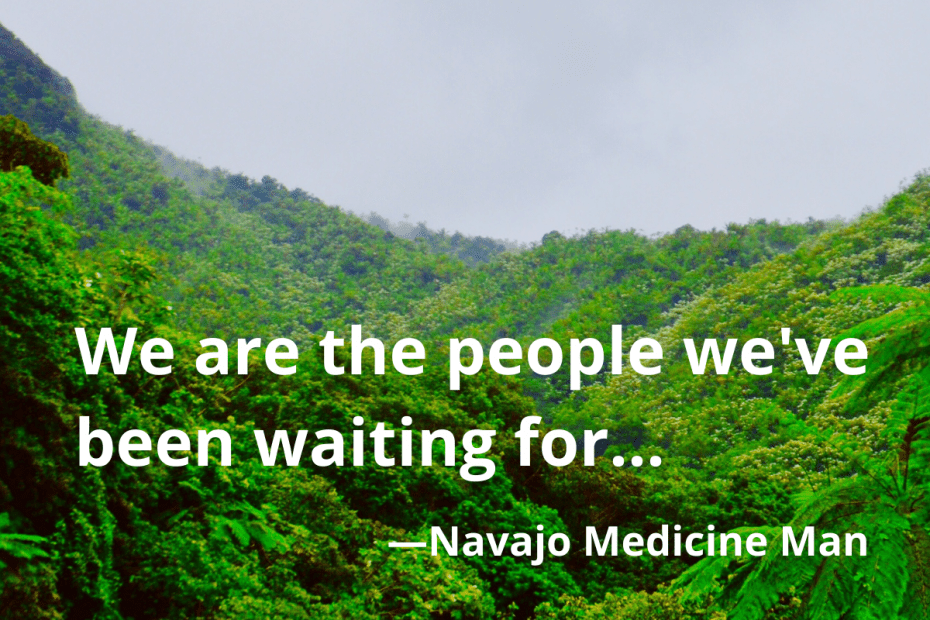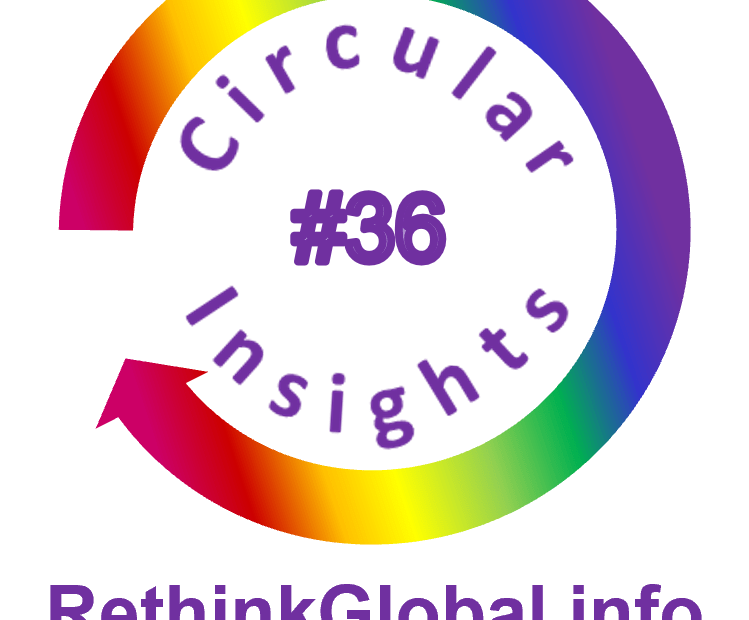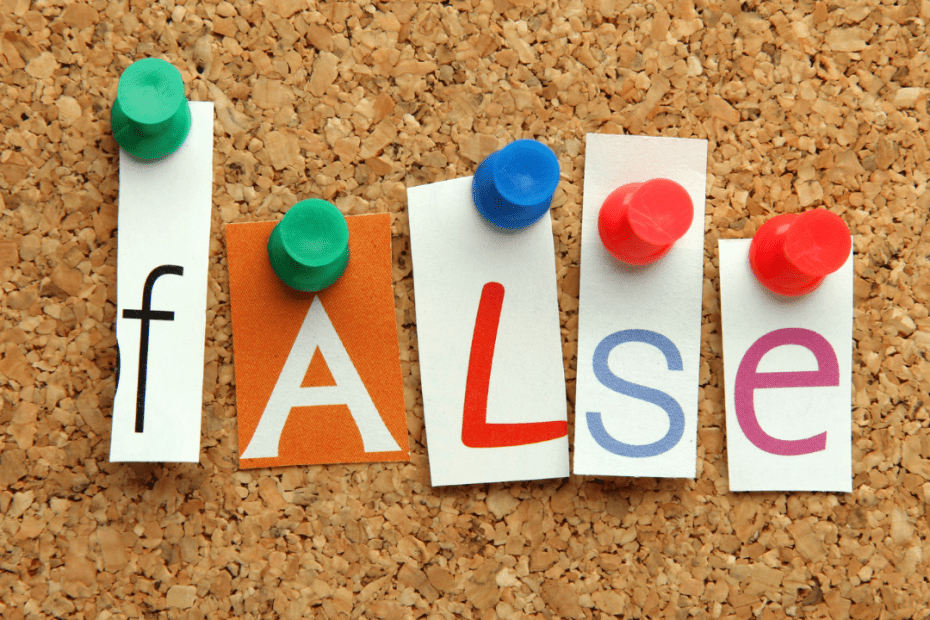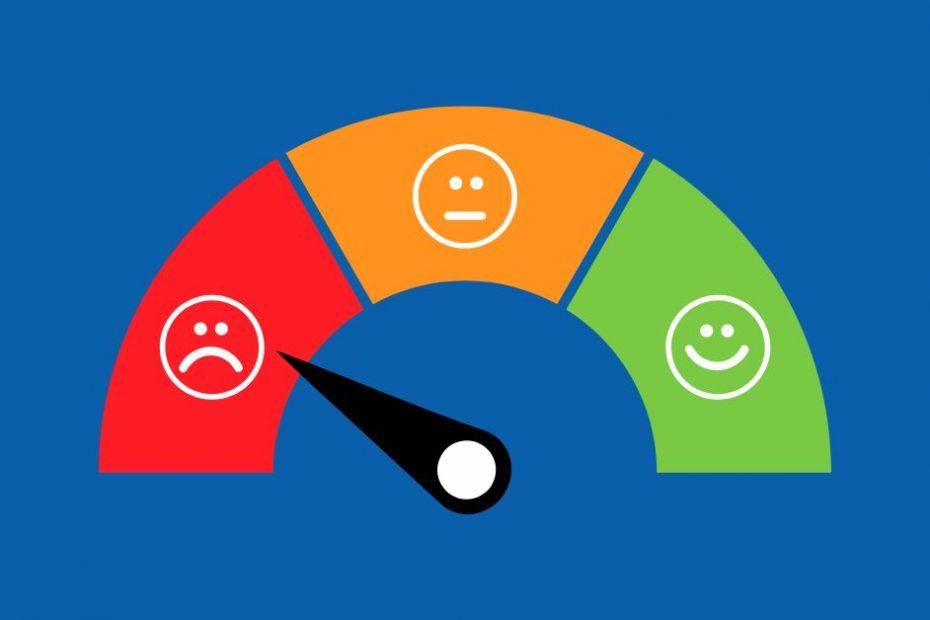148 Tim Forslund of Sitra: circular solutions for nature
Tim Forslund works on the circular economy at the Finnish Innovation Fund Sitra. As a key part of his work at Sitra, Tim has analysed how circular economy strategies can help tackle biodiversity loss, including through the circular bioeconomy.
We’ll be talking about Sitra’s latest handbook for businesses, CIRCULAR SOLUTIONS FOR NATURE, which helps companies aiming to integrate circular business models into their operations so they can address biodiversity loss.
Sitra’s handbook includes a primer on the interconnections between circularity and nature, and sets out a three-step approach for action:
1. identifying critical biodiversity impacts in the value chain;
2. using circular solutions to tackle these impacts;
3. designing the circular transformation journey.
Sitra is a public fund, think tank and future house. The circular economy has been a central part of Sitra’s work for more than 10 years. In 2016, it led the work for the world’s first national circular economy roadmap, and in 2017, it started the World Circular Economy Forum. CIRCULAR SOLUTIONS FOR NATURE is the third of Sitra’s handbooks for business, following on from its publications on technology and the chemical industry.









